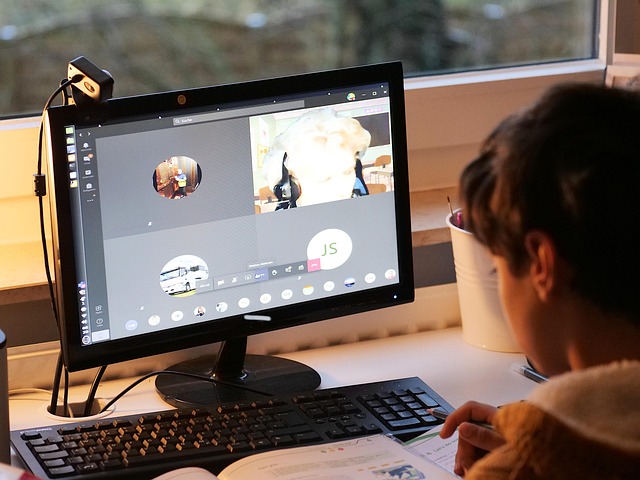In the dynamic world of video conference education, the traditional classroom setting is rapidly evolving. The shift towards online education has created a new realm of opportunities for learners and educators alike, enabling knowledge building in a way that was previously unimaginable. This transformation is not merely about transferring classes online; it encompasses creating engaging environments where students can thrive, interact, and absorb information effectively.
Video conferencing platforms have become the backbone of this educational revolution. They bridge the gap between instructors and students, fostering a sense of community and collaboration. Through tools like Zoom, Microsoft Teams, and Google Meet, lessons can transcend geographical boundaries, allowing learners from diverse backgrounds to come together in a virtual space. This accessibility is not only remarkable but essential in our increasingly connected world.
As students log into their video conferences, they enter a lively classroom where knowledge building is at the forefront. Real-time discussions, breakout rooms for group projects, and interactive whiteboards invigorate the learning experience. Unlike pre-recorded lectures that offer a one-sided flow of information, live sessions provide the opportunity for immediate feedback and peer engagement, essential components of effective education.
Moreover, video conference education facilitates a variety of learning styles. Visual learners benefit from screen sharing, where teachers can display presentations, videos, or infographics directly in the meeting. Auditory learners can engage in discussions and listen to lectures, while kinesthetic learners can participate in hands-on activities fostered through digital simulations or virtual labs, enhancing their understanding of complex concepts.
The importance of building relationships in education cannot be underestimated. Video conferencing allows for the human interaction that is often missing in traditional online learning formats. Students can build partnerships and form study groups, which are vital for motivating one another. It also provides a platform for educators to connect with students on a personal level, helping to foster a supportive atmosphere conducive to learning.
Furthermore, the integration of technology in video conference education equips students with vital skills for the future. As industries increasingly rely on remote collaboration, being adept in virtual communication prepares learners for their professional journeys. This skill set goes beyond academic achievement; it builds confidence and prepares students for real-world challenges.
In an era where knowledge is abundant yet requires critical thinking to sort through, the collaborative aspect of video conferencing shines brightly. It encourages learners to question, analyze, and delve deeper into subjects that interest them. Instead of passively receiving information, students actively participate in their own learning journeys, developing a deeper understanding of the material and honing their analytical skills.
As we embrace the current wave of online education, the possibilities for knowledge building through video conference platforms become increasingly exciting. Whether it’s through guest speakers from around the globe sharing their expertise or collaborating on projects with peers from different time zones, each interaction is an opportunity to connect, learn, and grow.
The magic of video conference education lies not only in the knowledge shared but in the communities formed. As students gather in these virtual classrooms, they bring with them unique perspectives and ideas that enrich the overall educational experience. Each session is more than just a lesson; it’s a convergence of minds seeking to expand their horizons and support one another on their learning adventures.




